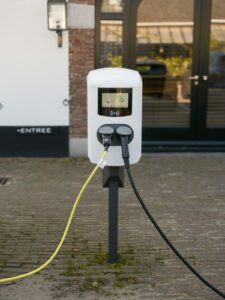
Home / EV Charging News / The Challenges of Rural Electric Vehicle Adoption: The unique challenges that rural areas face in adopting electric cars and how they can be addressed
Electric vehicles (EVs) have become increasingly popular in urban areas as people are seeking to reduce their carbon footprint and enjoy the cost savings associated with electric cars. However, rural areas face unique challenges in adopting electric vehicles due to a variety of factors. This article explores some of the challenges rural areas face in adopting EVs and offers some potential solutions to address these challenges.
The challenges of electric vehicle adoption in rural areas are significant, but they are not insurmountable. By addressing the lack of charging infrastructure, range anxiety, higher costs, and limited access to public transportation, it is possible to promote the adoption of electric vehicles in rural areas. Through government incentives, private investment, community-based initiatives, education and outreach, technology advancements, and collaboration, rural residents can enjoy the cost savings and environmental benefits of electric vehicles.
$2,890.00 Original price was: $2,890.00.$2,790.00Current price is: $2,790.00.
$3,950.00 Original price was: $3,950.00.$3,450.00Current price is: $3,450.00.
$1,650.00 Original price was: $1,650.00.$1,590.00Current price is: $1,590.00.
$2,290.00 Original price was: $2,290.00.$2,150.00Current price is: $2,150.00.
$1,290.00 Original price was: $1,290.00.$799.00Current price is: $799.00.

Your Power Management Partner for Over 25 Years Future Generations Depend on Our Decisions Today ™
2024 © All rights reserved by CyberSwitching